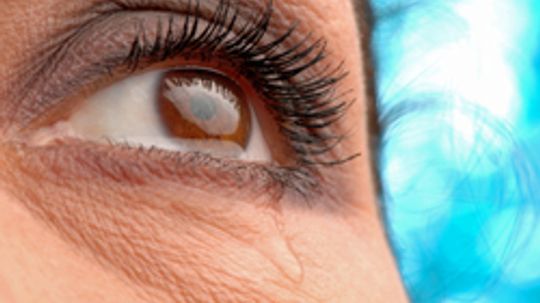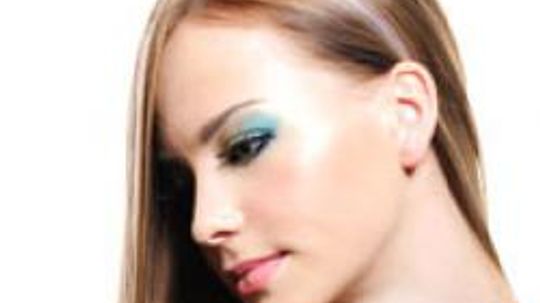Indoor Allergies
Dust mites, mold and other allergens can live in your home or workplace. Get tips and information on how to reduce indoor allergies and improve indoor air quality.

Why Severe Allergies Can Suddenly Pop Up in Adulthood

Can You Be Allergic to Your City?
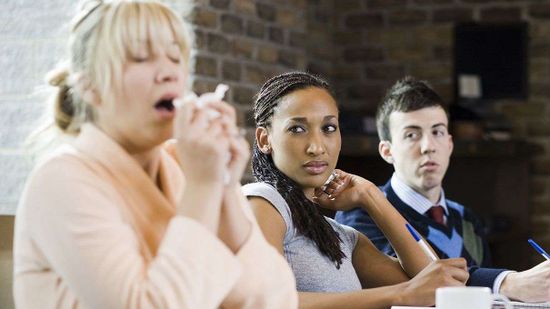
Nothing to Sneeze at: Allergies May Affect the Brain

Goodbye to Allergies? Scientists Discover How to Trick Body's Immune System

What does epinephrine do for anaphylaxis?

Top 5 Cat Allergy Symptoms

What Are Some Symptoms of Feather Allergy?
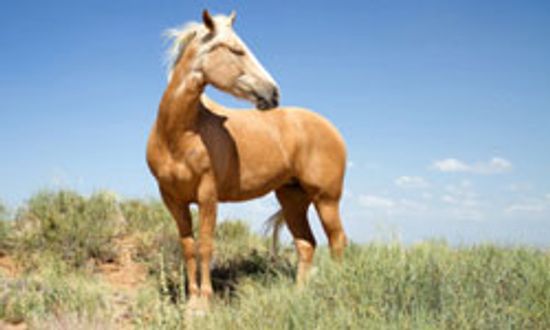
What are some symptoms of allergies to horses?

Why There Is So Much Confusion About Who Has Food Allergies

Adult-onset Food Allergies Are More Prevalent Than Previously Believed

Your Hay Fever Could Make You Allergic to Some Fruits

Can Pollen Allergies Make You Tired?

The Science Behind the Pollen Count

Ragweed is Rampant! Learn How to Treat a Ragweed Allergy

How long do skin allergy breakouts last?

Can red wine cause skin rashes?
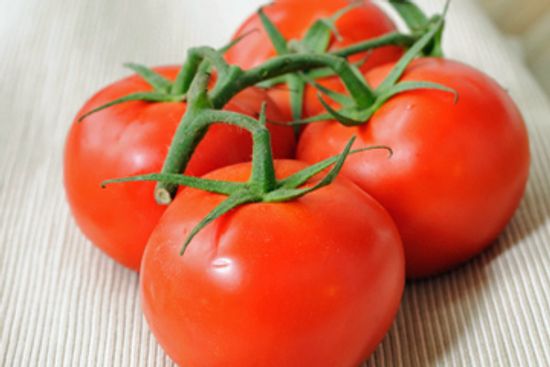
Can you have a skin allergy to tomato plants?
Learn More
Dust mites are eight-legged creatures that don't bite or cause illness. But because they're so tiny and live in dust particles, they can be tricky to avoid no matter how often you clean your home.
Alternaria is a type of mold that commonly causes allergic reactions. Learn about signs of alternaria mold allergies in this article.
People can be allergic to pollen, mold or other substances. Learn which house plants can cause allergies in this article.
Advertisement
Dust allergies can be caused by dust mites, animal dander or fungus. Learn about dust allergy symptoms in this article.
Mold allergies can result in hair loss. Find out how exposure to mold can lead to hair loss from this article.
An air purifier may help relieve allergy symptoms if used properly. Find out how air purifiers may help with allergies from this article.
Mold allergies can lead to lung conditions such as bronchitis. Find out how mold can cause bronchitis from this article.
Advertisement
If you have allergies, you probably know that dreaded dust mites live in your mattresses, carpets and rugs. But what kind of vacuum works best to remove these eight-legged intruders?
By Tom Scheve
If you have pets, you're likely to have fur issues. A pet-hair-filled house can be a challenge for any vacuum cleaner -- and not all floor cleaners are created equally. Making the right purchase requires careful consideration of several factors.
If you're one of 50 million Americans suffering from allergies, your bedroom may contribute to frequent sniffling and sneezing. Specifically, mattress allergens may be to blame. So what can you do to prevent reactions and get on with your day?
Eliminating dust mites completely is impossible, but you can greatly reduce their population in your home to cut down on the allergens they produce in their feces, which we can inhale into our lungs. Learn about controlling dust mites.
Advertisement
Every room in your house is a potential host for the sources of allergies -- pet hair, dust and mold. But keeping an allergen-free house is not an impossibility. Learn more about allergy-proofing your home.
By Linnea Lundgren & Jeff Wald
In order to maintain an allergen-free home, it is important to monitor your home climate systems. This means making sure your air conditioner, dehumidifier and heaters are not generating allergens.

